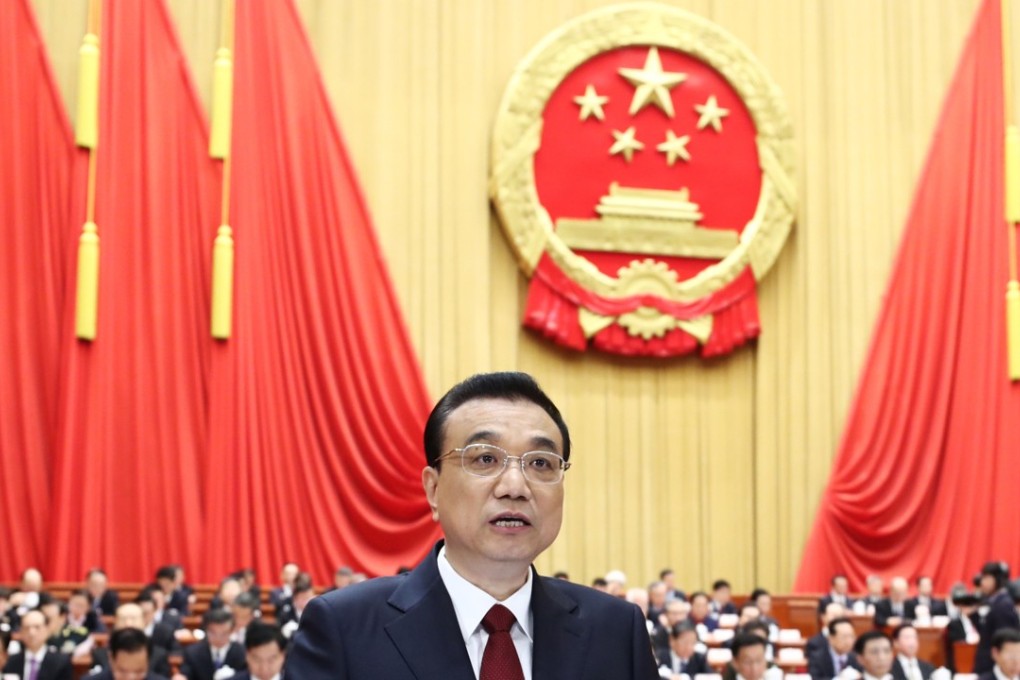Li Keqiang sets tone for way ahead with safe, sensible report
Premier adopts a confident position in NPC address by identifying perceived risks to the nation and the necessary action to be taken

The domestic and international challenges China faces require sturdy policies if they are to be surmounted. Premier Li Keqiang put forward what appears a reliable strategy yesterday as he presented his annual government work report at the opening session of the 13th National People’s Congress. A confident position was taken, the risks that were identified being perceived as manageable. The assuredness is understandable given the nation’s strong economic fundamentals and array of policy tools on hand.
There was no need for Li to put forward major new initiatives; President Xi Jinping has already laid out the measures to attain his vision for the nation. The coming five years will be used to build a strong foundation to realise the goals that have been outlined. With that in mind, the premier looked back at his achievements of the past half decade with an eye on the coming 12 months and perhaps beyond, focused on the perceived main challenges of economic risks, poverty alleviation and environmental protection. Their symptoms and root causes will be tackled through the implementation of effective plans of action.
As a basis, a growth target of about 6.5 per cent was set, a level perceived as necessary to create jobs. The deficit as a percentage of GDP is projected to be 2.6 per cent, 0.4 percentage points lower than last year. Trillions will be invested in infrastructure, doors to foreign investment will be opened wider, taxes on businesses and individuals decreased and import and export volumes boosted.
The anti-corruption drive will continue apace. Particular effort will be made to reduce rural poverty by improving the lives of more than 10 million people, 2.8 million of them to be relocated from inhospitable areas. Efforts to lessen pollution include reducing steel and coal production, lowering energy consumption and cutting emissions of sulphur dioxide and nitrogen oxide by 3 per cent.